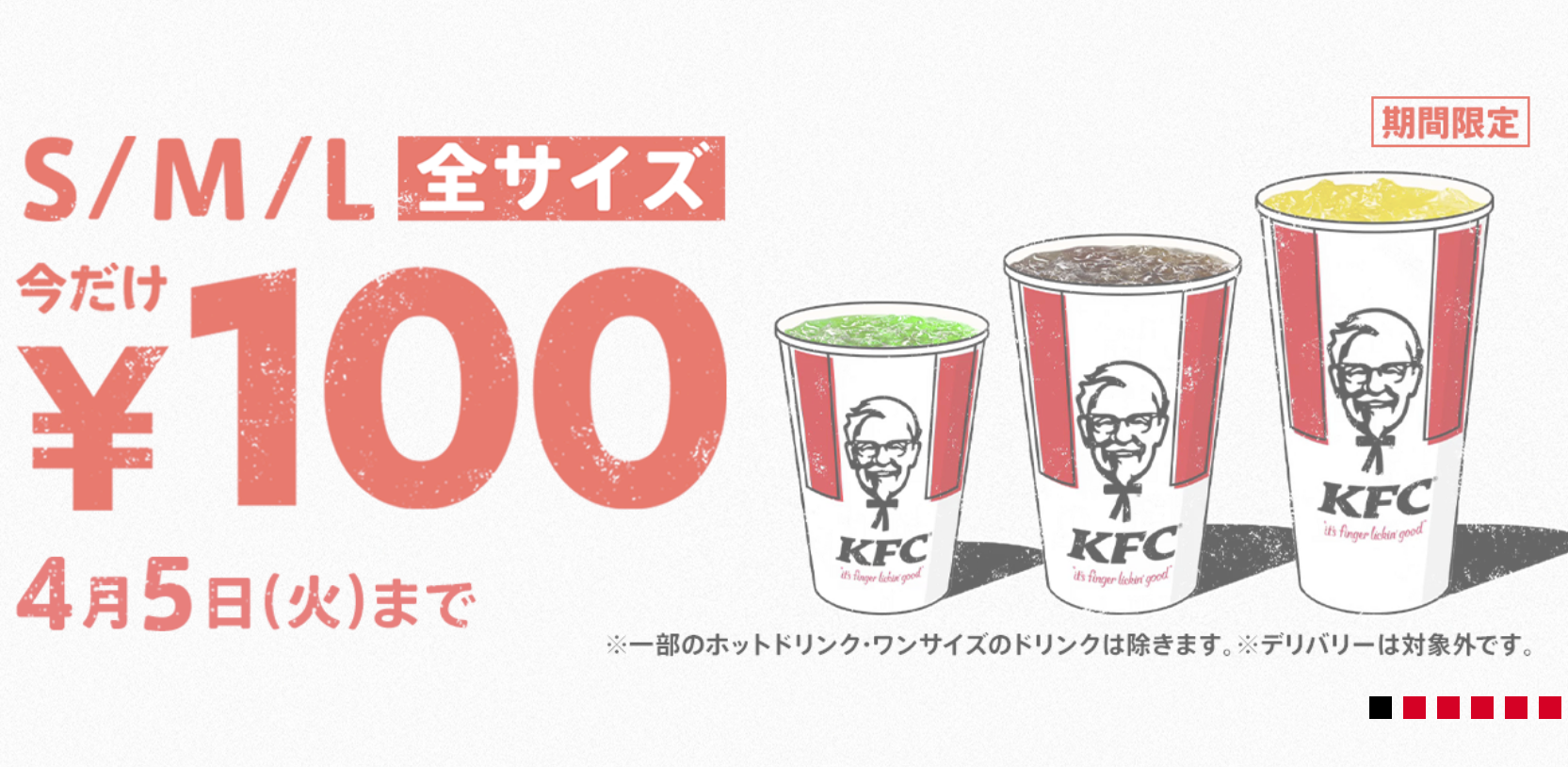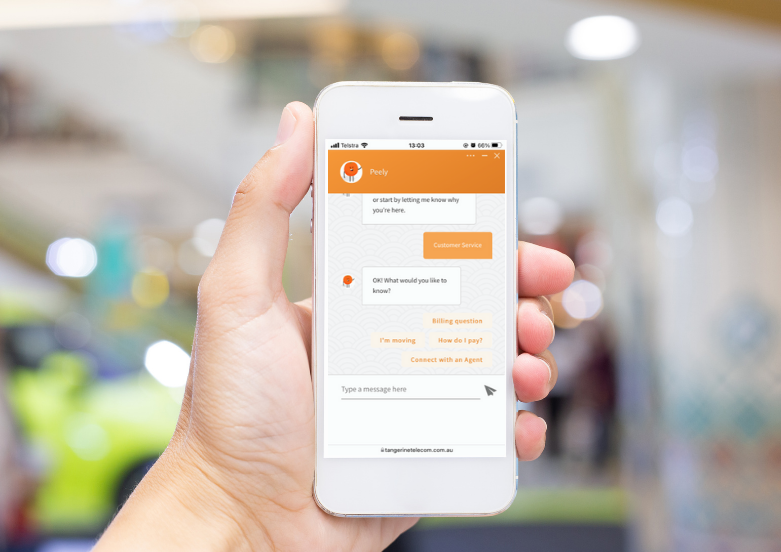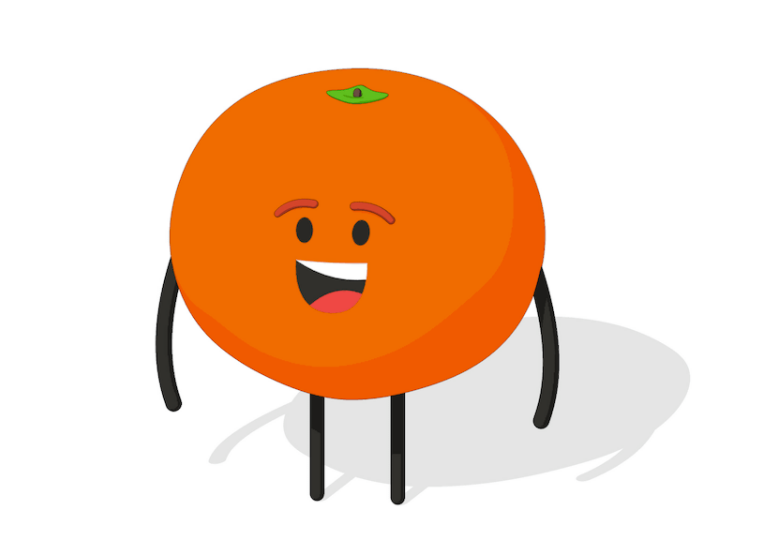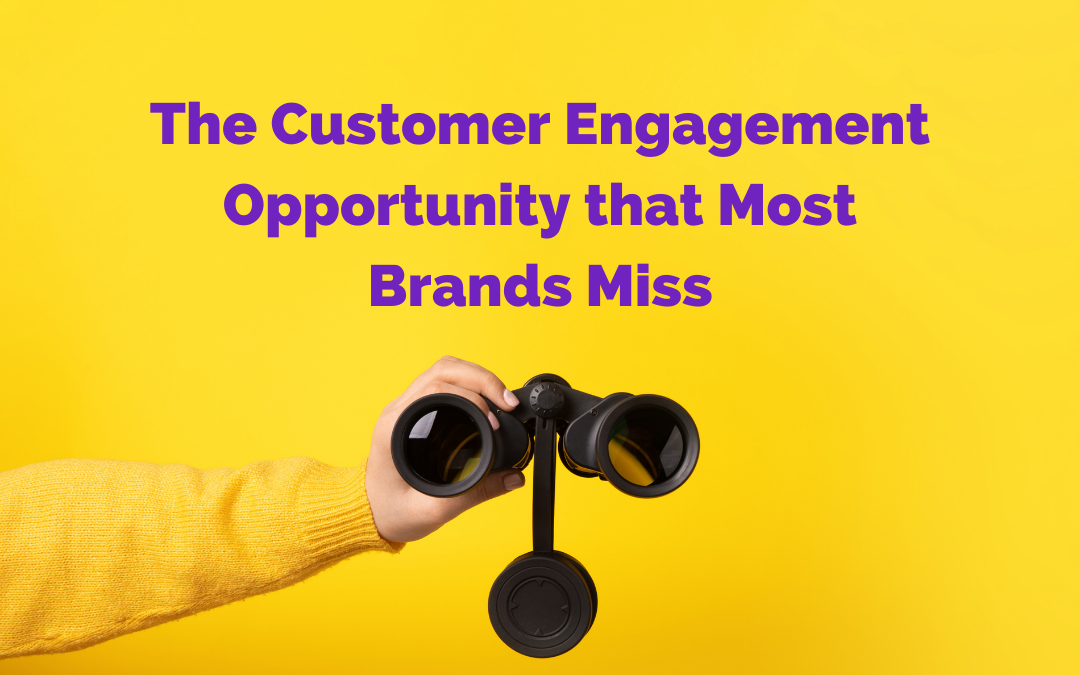Brand mascots achieve something other forms of advertising can’t: engagement. They can entertain us, make us laugh, and even make us cry. They help us feel like we’re a part of the brand, and that connection is what keeps customers coming back.
Compare the Market’s adorable meerkat is a great example of a successful mascot. The company has seen a surge in web traffic and brand awareness since the meerkat first made an appearance in 2009. Since then, the meerkat has starred in its own TV commercials, as well as numerous online ads and social media campaigns.
KFC’s Colonel Sanders, McDonald’s Ronald McDonald, and Energizer Batteries’ Energizer Bunny (which has its own website) are all classic examples of effective brand mascots. These characters have been around for decades, and people still recognise them today.
Many brands use mascots for advertising, packaging, and storytelling. Few, however, use their mascots as tools to engage customers and move them along the customer journey.
Can you imagine if Energizer Bunny didn’t just bang its oversized drum, but offered customers quick answers to their questions and reduced wait times for customers trying to reach Energizer Batteries through other methods? Or helped you replace your batteries online?
It’s not as far-fetched as it might seem. In Japan, KFC uses a chatbot version of Colonel Sanders to take orders via Facebook Messenger. Customers can order their favourite meals without ever having to talk to a human being. And it makes sense with consumers ’ increasing preference for digital communication channels.

Mascots as Chatbots: More than Just Branding and Advertising
To understand just how big this opportunity is, let’s take a look at the Australian Football League’s (AFL) mascots.
At the footy, we see them first— running onto the field at a match to delight the crowd, prominent across all merchandise and a core part of the club’s physical presence.
But what about when the game’s not on? Wouldn’t it be great if Ronald “Dee” Man of the Melbourne Demons could assist you when you go to buy tickets on their website? Or if you could reach out to Syd “Swannie” Skilton and Tommy “Thunda” Power for news and facts about the club?
Come to think of it, the same goes for most of Australia’s major brands. Bank SA. Police Credit Union. Dan Murphy’s. Most of these brands only use their mascots in their logos, or as the face of their website, ads, and social media channels.
It’s not a criticism: there’s an on-field, on-screen branding imperative that, however traditional, is still a critical piece for many Australian brands.
But here lies the customer engagement opportunity most brands are missing: if mascots are so trustworthy, personable, and memorable, why not use them to actually engage directly with customers online?
Australian brands have a huge opportunity to take their mascots off the field and turn them into chatbots. More than just branding and advertising tools, mascots can be used to engage fans online, guide sales conversations, provide customer service, and even collect data.
What We Can Learn From “Peely” of Tangerine
You might recognise Peely. When you go to the Tangerine website, you’ll find that the chat option is skinned, branded, and run by the mascot itself. Peely isn’t actually one of our chatbots, but at Clevertar we like to recognise great work when we see it, even when it’s a competitors’.
Whereas Peely the mascot smiles and waves, Peely the chatbot can respond to actual customer queries. In the example below, we’ve told Peely we want to upgrade. As you can see, Peely has read the query and offered to connect us to a live agent.


Not bad at all. It’s simple. And it supports brand continuity and trust building that extends beyond top-of-funnel advertising to the world of customer engagement.
Three Considerations for Turning Mascots into Customer Engagement Channels
Before launching your own mascot-as-a-chatbot, here are three important things to think about.
1. Know the Chatbot’s Purpose and Goals
We’ve worked with government departments who need their chatbot to answer the high-volume, low-complexity queries that clog up their phone lines.
We’ve worked with B2B and B2C brands that need a chatbot capable of facilitating sales conversations and conversions with clients and customers.
And we’ve worked with companies large and small that want their chatbot to do both.
Before turning your mascot into an engagement tool, be clear about what you want to achieve.
Tangerine, for example, has two core product lines (NBN and mobile), each with numerous plans and component bundles. Of course, providing support for such a product line is critical, as is ongoing customer engagement activity (upgrading service lines and devices, for example). Sales. Tech support. Customer service.
What’s the priority for you? After-hours support? Sales enablement? Automated support?
2. Decide on Fit and Form
Once you know what the chatbot should do, it’s important to decide on its form and design. What type of chatbot? How will users interact with it? Is it a standalone chatbot, does it offer live chat, and does it integrate with other customer service channels?
These questions will guide all decisions about the chatbot design, including the language the bot will recognise and use, the way a conversation is prompted, structured, and resolved, and the personality of the chatbot itself.
You don’t need to know all the answers to these questions. You just need to find the right partner (who has proven runs on the board) who can guide you through and help you design a chatbot that will meet your customer’s needs.
3. Start Small and Build Capacity Over Time
In the beginning, it’s useful to keep a lid on your mascot chabot’s scope. It’s a smart strategy for the chatbot to respond to a narrow, but predictable set of questions from customers rather than attempt to answer them all.
The last thing you want is to spend months or even years developing something that doesn’t meet the needs of your audience. It’s much better to get a chatbot up and running quickly, then evolve it over time as you gain insights from usage. We call this approach a ‘minimum viable bot’ (covering the basics) instead of waiting on a Titanic-style chatbot (aka a big beautiful ship that still might sink).
Chatbot Grace by telco MATE also started as a minimal viable bot. Over time, she became a knowledgeable, full-service chatbot that handles customer enquiries independently. You can see her in action in the video below.
The Golden Rule of Chatbots: Always Bring Value
If you want people to keep using your mascot-as-a-chatbot, your chatbot needs to offer value. That’s the golden rule of chatbots or any channel in your business, regardless of industry or use case. If you’re not delivering value, people will stop using your chatbot. And if your chatbot isn’t being used, it might as well be a dead weight on your digital transformation journey.
Companies that use cheap-o chatbots just to automate customer support tend to get it all wrong. It’s about people first, not cost savings; and a chatbot interaction is just one touchpoint on what should be an enriching journey.
So, there you have it. Three considerations for turning your company mascot into a customer engagement channel. Is Peely the chatbot going to cure transmissible disease? Hardly. But we’re confident he would be creating value for Tangerine’s customers.
His prompt service might even be the reason that a customer decides to come back, renew, and recommend the brand to others.
If only more Australian brands recognised the power in that level of customer engagement.
Not sure where to start? Book a no-obligation chat with one of our online chat experts here:
Explore AI with us
It’s never too soon or too late to explore the world of artificial intelligence!
We’re keen to discuss how your business’ everyday problems could be solved with AI, and how they might positively impact your customers.
Please leave a message and we’ll get back to you soon.

